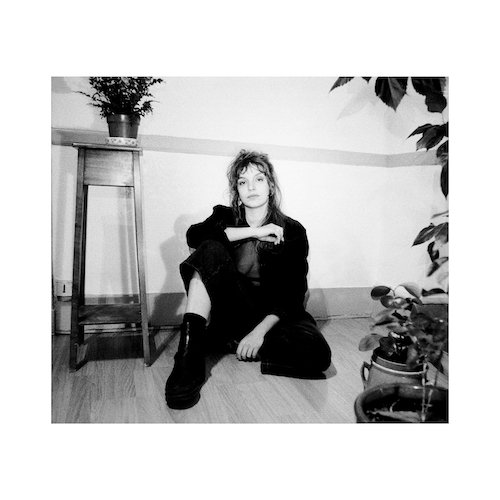
Montañita
The story of Montañita is a model of its kind. When Alexandre Costa, a former Niandra Lades, crossed paths with Pascal Mondaz, it was love at first sight, quickly followed by perfect chemistry. His meeting with Sonia Lavergne, who discovered her singing talent while working in a studio, was similarly providential. The three became inseparable in 2012.
Twelve years later, Dummy Light in the Chaos unsurprisingly opens with a track that evokes the strongest of bonds and sets the scene for an album that celebrates the human in a joyful spleen. Recorded in a form of miraculous improvisation, the album creates a pop harmony on a bed of varied influences. A game of encounters where synthetic arrangements enhance acoustic compositions.
Joined on stage by new musicians, the group is evolving in a freer format, around its central core; without a career plan or economic model, with no desire other than to play together. Human bonds above all. The same bonds that the band also seeks to create with its audience: so many moments of shared joy and energy that Montañita sees as the fuel for their approach, in a troubled and dark age when the search for hope is paramount.
The band’s influences are Pixies, Slowdive or The Cure. There are also shoegaze reminiscences of My Bloody Valentine and echoes of Girls in Hawaii for the haunting melodies that hit the spot in just a few bars. Between all these references, there's no question of making a choice. Instead, Montañita focuses on complementarity, the fusion of opposites and the beauty that springs from chaos.
The Clermont-Ferrand trio seems to have set themselves the implicit mission of abolishing distances and creating connections. After all, from the volcanoes of Auvergne to the beaches of Ecuador, there's only one ocean and a few thousand kilometres.




